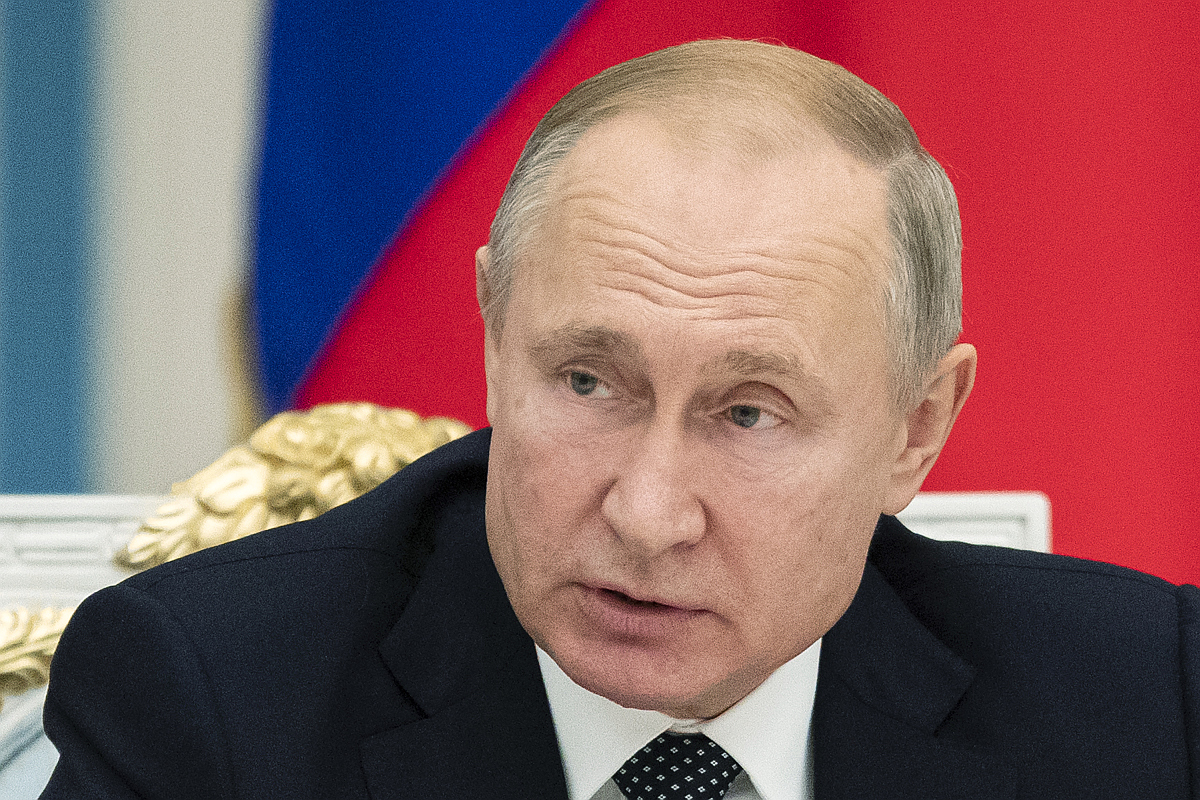Will President Vladimir Putin’s gamble to present America and Europe with a fiat accompli pay off? That is the question which those observing, with some consternation, the concentration of Russian troops on the Ukrainian border and US troops in Europe being put on high alert are seeking an answer to.
The ratcheting up of rhetoric from both the Kremlin and the North Atlantic Treaty Organisation (Nato), has only escalated the crisis. With talks between Russian officials and their US-European counterparts having reached an impasse, and the base-case scenario put forth by security analysts based on Moscow’s recent military and diplomatic activity being that a Russian ground invasion of the Ukraine is likely within the next 30 days to which Nato has responded by deploying ships and fighter jets in Eastern Europe, the world has good reason to be alarmed.
It would be useful, in these circumstances, to examine where Mr Putin is coming from and what he hopes to gain from his aggressive stance on Ukraine. Nato’s eastward expansion from the early 2000s has always riled the Russian President who considered the West’s growing influence in the former Soviet republics as a clear attempt to limit Moscow’s ‘sphere of influence’.
The 2004 inclusion of the three ex-Soviet Baltic countries ~ Estonia, Latvia, and Lithuania ~ set the alarm bells ringing in the Kremlin and Mr Putin, who had taken over as Russian President a few earlier, found his nationalist pitch. The West-backed ‘Orange Revolution’ in Ukraine soon after, which stymied the pro-Russia candidate Viktor Yanukovych from becoming President of that country, led to a further hardening of Mr Putin’s position; he is reported in 2008 to have told then US President George W Bush that Ukraine was “not even a country”.
Within a few months, Russia invaded the former Soviet Republic of Georgia which was moving closer to the West and wanted to become a member of Nato along with Ukraine. Moscow’s backing for insurgencies in two breakaway regions of Georgia, giving it leverage to up the ante when it wanted, is very similar to the playbook in Ukraine since the West-backed uprising in 2014 led to the ousting of Mr Yanukovych ~ who had finally managed to gain power in Kiev in 2010 ~ as President.
Mr Putin left nobody in doubt that he considered this a manifestation of Washington’s regime-change policy, and he wasn’t having any of it in Russia’s backyard. He responded with the annexation of Russian-majority Crimea and supporting the insurgency in Ukraine whose leaders now control a large tract of the country.
Mr Putin’s main demand to pull back from the brink is clear: An end to Nato’s eastward expansion so that former Soviet Union nations and their borders in Europe and the Caucasus remain outside the West’s sphere of influence. Specifically, Russia wants the removal of troops and weapons (including short and medium-range missiles) deployed in nations which became members of Nato post-1997; this would impact the balance of power in Europe significantly as Poland, the Balkan countries, and the ex-Soviet Baltic states would be brought into play. Nato has, predictably, already responded with a resounding ‘No’. President Putin’s maximalist position, however, may yet lead to concessions by the West.











